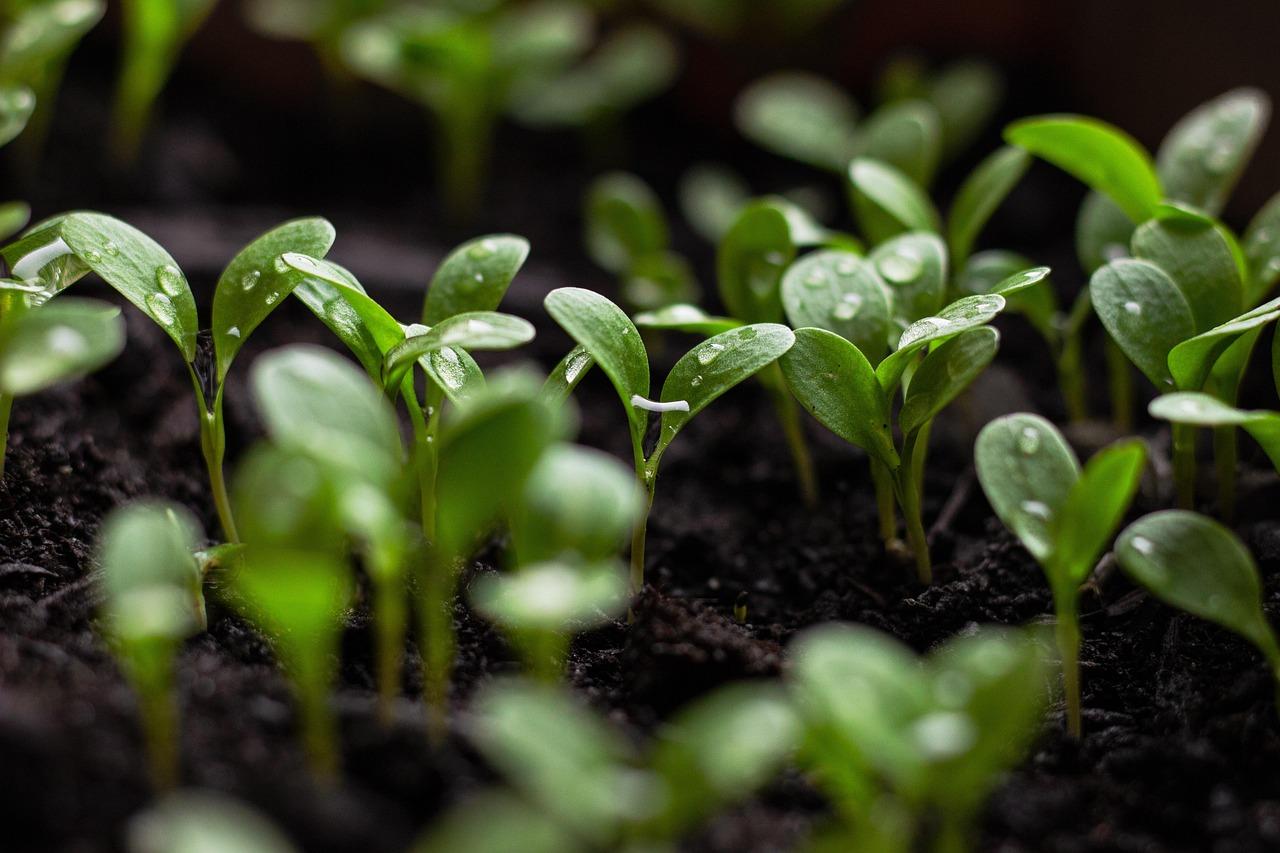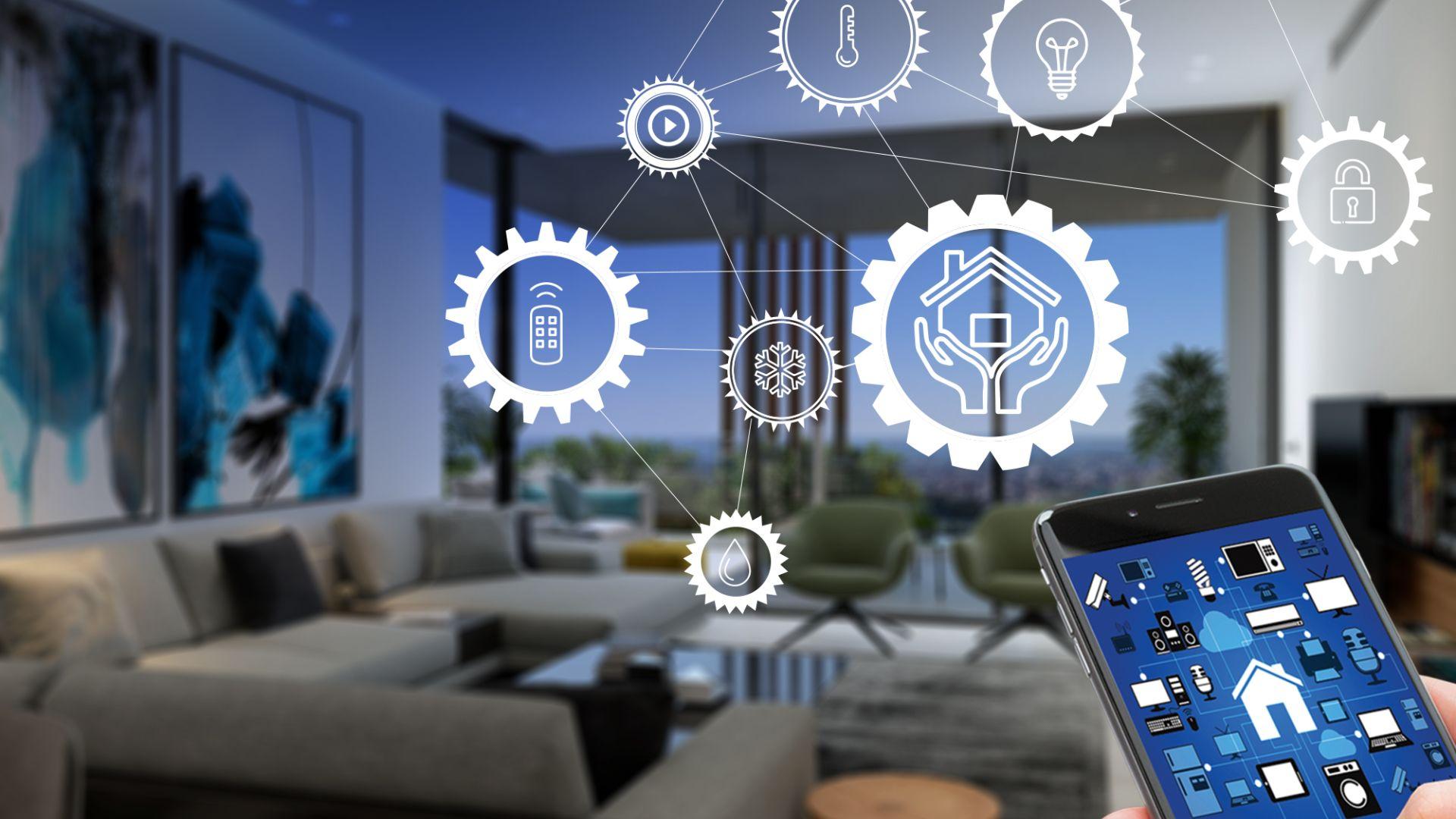In an era where sustainability meets technology, the concept of a “smart home” has transcended mere convenience to become a beacon of energy efficiency. Imagine a living space that not only caters to your needs but also champions the surroundings—this is the essence of green and smart living. Home automation technologies empower homeowners to take control of energy consumption in ways that were once unimaginable, seamlessly blending efficiency with ease. In this article, we will explore practical tips for transforming your home into a sanctuary of sustainability, sharing innovative solutions that save energy while enhancing your quality of life. Join us as we delve into the world of eco-pleasant technology, where every small change can lead to a brighter, greener future.
Harnessing the Power of Smart Thermostats for Optimal Energy Efficiency
Modern living is seamlessly intertwined with technology, and smart thermostats exemplify this integration by providing a sophisticated way to manage your home’s heating and cooling systems. These devices allow users to program temperature settings based on their daily routines,ensuring that energy is consumed only when needed. By leveraging features like geofencing and learning algorithms, smart thermostats can adjust the temperature automatically, optimizing energy usage and not just your comfort.
Consider these key benefits to enhance your home’s energy efficiency:
- Remote Access: Control your home’s climate from anywhere using a smartphone app.
- Energy Reports: Receive insights on your energy usage and tips for saving even more.
- Integration with Home Automation: Sync with other smart devices like lights and blinds for a cohesive energy management system.
To help you compare different smart thermostat options, here’s a simple table highlighting some popular choices based on features and pricing:
| Smart Thermostat | Features | Price Range |
|---|---|---|
| Nest Learning Thermostat | Auto-scheduling, remote control, energy history | $$$ |
| Ecobee SmartThermostat | Built-in Alexa, room sensors, energy reports | $$$ |
| Honeywell Home T9 | Multi-room focus, programmable scheduling | $$ |

Illuminating Your Space: Eco-Friendly Lighting Solutions for the Modern Home
Embracing eco-friendly lighting solutions is not only beneficial for the environment but also enhances the aesthetic appeal of your modern home. By opting for LED bulbs, you can significantly reduce energy consumption while enjoying a spectrum of colors and intensities.Their long lifespan means less frequent replacements, which translates into less waste. To create a warm and inviting atmosphere, consider integrating smart dimmers that allow you to adjust brightness according to your needs, further optimizing energy use.
Along with energy-efficient bulbs, solar-powered outdoor lighting provides an environmentally friendly way to illuminate your yard or patio without consuming electricity. By harnessing sunlight, these fixtures power themselves, making them a lasting choice. Combining solar lights with motion sensors can maximize efficiency, ensuring lights only turn on when needed, thus conserving energy. Choose fixtures that complement your home’s architecture for both functional and stylish outdoor solutions.
Beyond selecting the right fixtures, integrating smart home technology can revolutionize your lighting management.Utilize smart plugs and hubs to create automated schedules that turn lights on or off based on your routines. A table showcasing some popular eco-friendly lighting options may help you compare their features:
| Lighting Option | Energy Consumption | Life Span | Environmental Impact |
|---|---|---|---|
| LED Bulbs | Low | 25,000 hours | Minimal |
| Compact Fluorescent Lamps (CFLs) | Medium | 10,000 hours | Moderate |
| Solar Outdoor Lights | None | Up to 5 years | Zero emissions |
| Incandescent Bulbs | High | 1,000 hours | Important |
with these innovative lighting solutions, creating an eco-friendly atmosphere in your home is easier than ever. By integrating energy-saving technologies, you not only reduce your carbon footprint but also enhance the comfort and style of your living spaces.

The Role of Smart Appliances in Reducing Household Energy Consumption
Smart appliances have revolutionized the way we manage our everyday tasks, and their impact on energy consumption is significant. by integrating intelligent technology, these devices optimize energy usage, reducing the waste commonly associated with customary appliances. For instance, a smart thermostat can learn your daily schedule and adjust heating and cooling settings accordingly, ensuring that energy is used only when necessary. This not only leads to savings on utility bills but also contributes to a smaller carbon footprint.
Moreover, smart appliances frequently enough come equipped with features designed to maximize efficiency. For example, a smart washing machine can select the optimal wash cycle based on your laundry load, while smart refrigerators monitor food inventories to reduce spoilage. By prioritizing efficiency, these appliances help homeowners make informed decisions about consumption:
- Energy monitoring: Track real-time usage and adjust behaviors.
- Automated scheduling: Run appliances during off-peak energy hours.
- Remote control: Manage energy use from anywhere using a smartphone.
To illustrate the potential savings, consider the following comparison of energy consumption between traditional and smart appliances:
| appliance Type | Annual Energy Consumption (kWh) | Cost per Year ($) |
|---|---|---|
| Traditional refrigerator | 598 | $71.76 |
| Smart Refrigerator | 450 | $54.00 |
| traditional Washer | 1,190 | $143.71 |
| Smart Washer | 800 | $96.00 |
With continuous advancements in technology,embracing these modern solutions is becoming increasingly essential for energy-conscious households. Investing in smart appliances not only enhances convenience but also aligns with a sustainable lifestyle, paving the way for a future where energy efficiency becomes the standard rather than the exception.

Creating a Sustainable home Network: Integrating Automation for Eco-Conscious Living
Embracing automation in your home can significantly reduce your carbon footprint while providing unparalleled comfort and convenience. One effective approach is to install smart thermostats that can learn your preferences and adjust the temperature accordingly. This technology not only helps maintain an ideal climate but also reduces energy wastage by optimizing heating and cooling cycles. Consider integrating these features that work seamlessly with other smart devices:
- Smart lighting systems: Automatically adjust brightness based on the time of day or occupancy.
- Energy monitoring sockets: Track and manage power usage of individual gadgets to identify energy hogs.
- Programmable blinds: Keep out the summer heat or let in natural light as needed without manual intervention.
Water conservation is another vital element of eco-friendly living. By integrating smart irrigation systems, homeowners can optimize the watering schedule based on weather conditions and soil moisture levels. These systems use real-time data to ensure that lawns and gardens receive the right amount of water without waste. complementary devices such as:
- Rain sensors: Prevent watering when it has rained, conserving precious resources.
- Leak detectors: Provide alerts for any leaks, reducing both water waste and potential damage.
When integrating technology, consider the benefits of a thorough home automation system that communicates across devices. A centralized hub can streamline management and enhance efficiency. Check out the comparison table below to visualize some popular home automation systems on the market:
| System | Features | Eco-Friendly Benefits |
|---|---|---|
| SmartThings | Wide device compatibility, user-friendly app | Energy monitoring, water management integration |
| google Nest | Learning thermostat, voice control | Reduced heating/cooling costs |
| Amazon Echo Plus | Built-in smart hub, voice commands | Optimize routine energy usage |
Q&A
Q: What does “Green & Smart” mean in the context of home automation?
A: “Green & Smart” refers to integrating technology into our homes in a way that maximizes energy efficiency while also enhancing convenience and comfort. It signifies using automated systems that help us reduce energy consumption and lower our carbon footprint, all without sacrificing the modern conveniences that technology offers.
Q: How can home automation systems help save energy?
A: Home automation systems can optimize energy use by controlling lighting, heating, and cooling based on real-time data and user preferences. Such as, smart thermostats can learn your schedule and adjust temperatures accordingly, while smart lighting can turn off when rooms are unoccupied. Together, these features work to minimize waste and utility costs.
Q: What are some easy steps to get started with energy-efficient home automation?
A: You can begin by implementing a smart thermostat, which adjusts temperatures based on your routines. Next, consider switching to smart bulbs that allow you to schedule lighting or dim them based on the time of day. Additionally, smart plugs can monitor and limit energy use for appliances, ensuring they aren’t consuming power unnecessarily.
Q: are there any specific products you recommend for energy-saving home automation?
A: Absolutely! Look for products like the Nest Learning Thermostat for HVAC control,Philips Hue smart bulbs for efficient lighting,and smart power strips that can power down devices when they’re not in use. Additionally, consider home hubs like Google Nest Hub or Amazon Echo Plus to unify the management of your devices.Q: Can home automation really make a significant impact on energy bills?
A: Yes, it can! Statistics suggest that using a smart thermostat alone can reduce your energy bills by 10-15%. When you combine other energy-saving devices and behaviors, you can potentially cut your overall energy consumption by up to 30%. This is both cost-effective and environmentally beneficial.
Q: How can automated systems contribute to sustainable living beyond energy savings?
A: Beyond reducing energy use, automated systems can promote sustainable practices by integrating with solar panels, providing alerts for when energy prices are lower, and even managing water usage in smart irrigation systems. This holistic approach encourages a sustainable lifestyle that conserves resources and enhances eco-friendly habits.
Q: Are there any drawbacks to home automation when it comes to energy savings?
A: While the benefits are significant, there can be upfront costs associated with purchasing smart devices and installation. Additionally, reliance on technology may sometimes lead to a lack of awareness about personal energy consumption. It’s crucial to balance automation with mindfulness about energy use.
Q: what advice do you have for someone who is skeptical about the effectiveness of home automation for energy savings?
A: Start small! Begin with one or two energy-saving devices and monitor the results over time. Many people find that seeing real-time energy usage and cost savings builds trust in the technology. Furthermore, consider researching user testimonials and studies that validate the effectiveness of these systems; often, real-life examples can ease skepticism.Q: what is the most important takeaway from the “Green & Smart” approach?
A: The most important takeaway is that embracing “Green & Smart” home automation is about making informed choices that benefit not just your household, but the planet overall. By utilizing technology wisely, you can create a more comfortable living environment while significantly reducing your ecological impact. Every little step counts towards a sustainable future!
In Conclusion
As we conclude our exploration of energy-saving home automation tips, it’s clear that the journey towards a greener lifestyle is both accessible and impactful. By integrating smart technology into our everyday routines,we not only enhance our comfort but also contribute to a more sustainable future. Each small adjustment—from programmable thermostats to smart lighting systems—can transform our homes into models of efficiency, reducing our carbon footprint while saving on energy bills.
Embracing these innovations doesn’t just signify a modern way of living; it reflects our growing commitment to a healthier planet.As we look ahead, consider how these tools can be woven into the fabric of your daily life. The adoption of smart solutions is not just a trend; it’s a tangible step towards a conscientious lifestyle. So, as you embark on your home automation journey, remember: every decision you make is a step towards a greener tomorrow. Let’s transform our spaces and our habits, one smart choice at a time.
